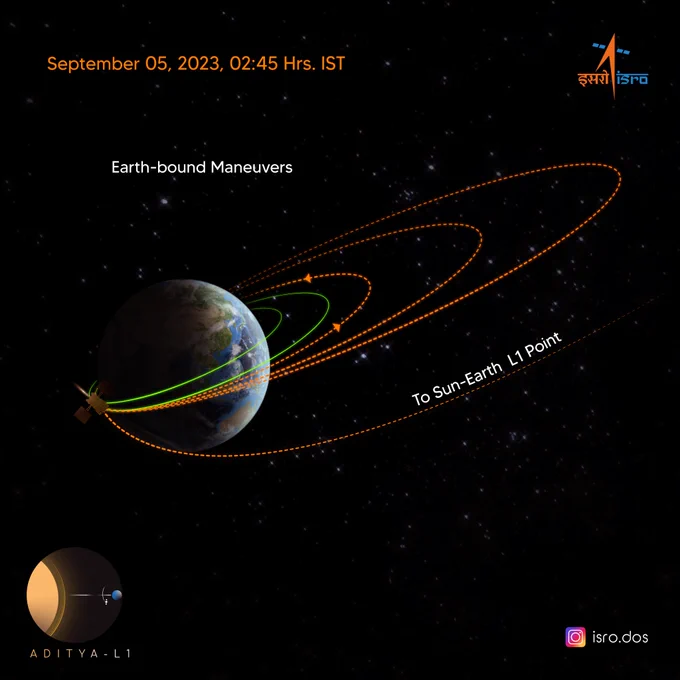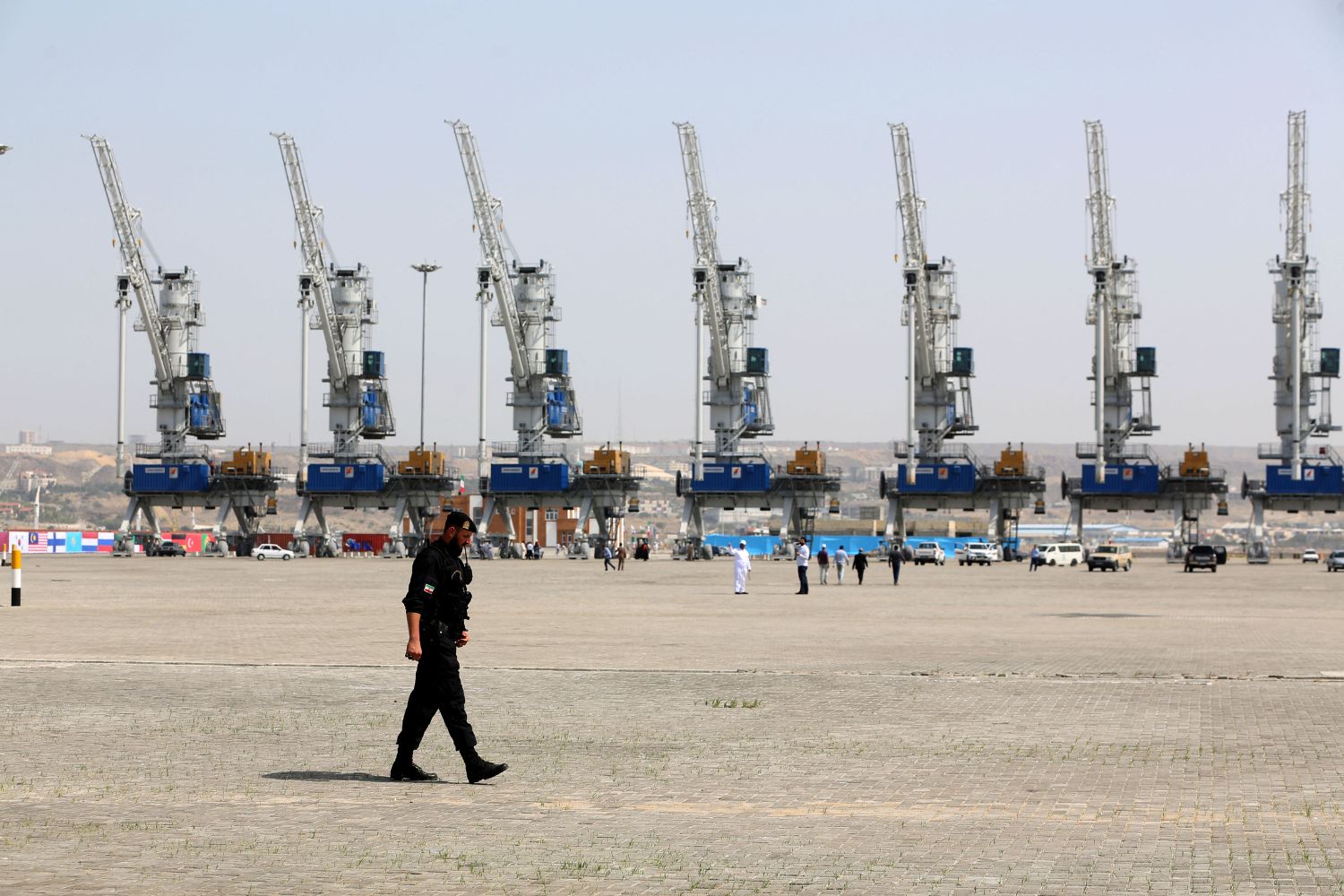India is on a high after it successfully launched two space missions.
It has followed up its moon mission with an attempt to study the sun. The Aditya L1 satellite’ launched on 2 September 2023 and was built to improve our understanding of our parent star.
Last month, the country launched the Chandraayan Spacecraft, which landed on the dark side of the moon.
Aditya” is named after Hindu deities representing the Sun.
The “L1” designation denotes Lagrange point 1, signifying the precise location situated between the Sun and Earth where the spacecraft will be held.
Goals
It is the first solar observatory of its kind. Aditya was designed by solar scientists (heliophysics) for three main purposes:
- To understand how the sun holds so much energy in its corona or outer layer
- To understand how changes in the sun’s magnetic field affect Earth’s magnetosphere
- to understand how changes in solar radiation change the earth’s climate.
Getting close to the sun
Its final destination will be a spot in space called Lagrange point. This is the point in space where the craft will be pulled by both the Earth’s and the sun’s gravity.

But getting there won’t be an easy task. The craft will get to its destination using an orbital assist to conserve fuel. This involves using Earth’s gravity to help it reach the Lagrange point.
The craft is currently locked in Earth’s orbit and will be for the next week or so. While orbiting the Earth, it will receive five thrusts to gain enough speed to escape Earth’s orbit eventually. Once at the correct point, thrusters will push the craft away from Earth.
It will travel towards the L1 point until it gets locked in by the Sun and Earth’s orbits.
ALSO WATCH: Third-time lucky for Chandrayaan, India successfully lands rocket on moon South Pole













